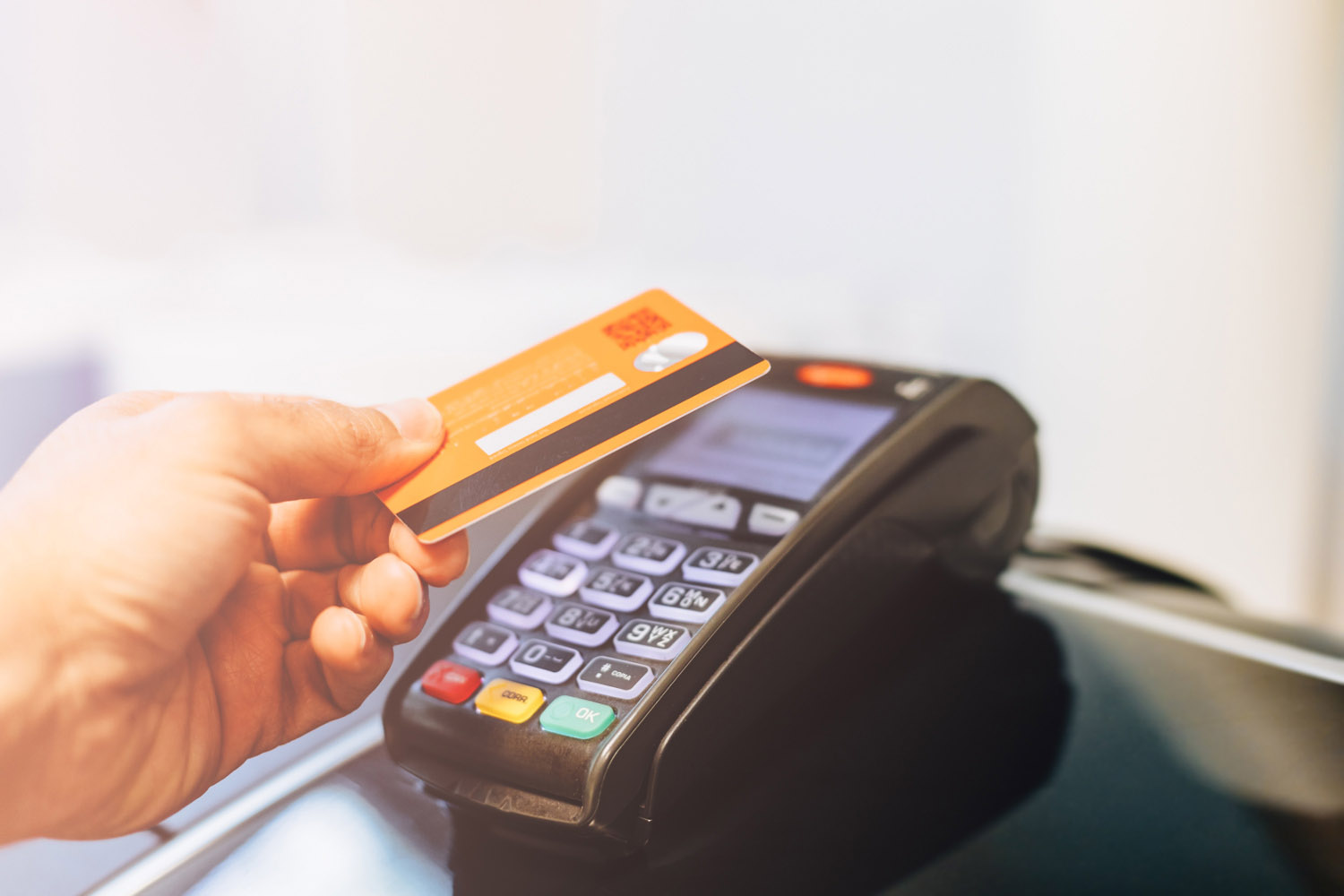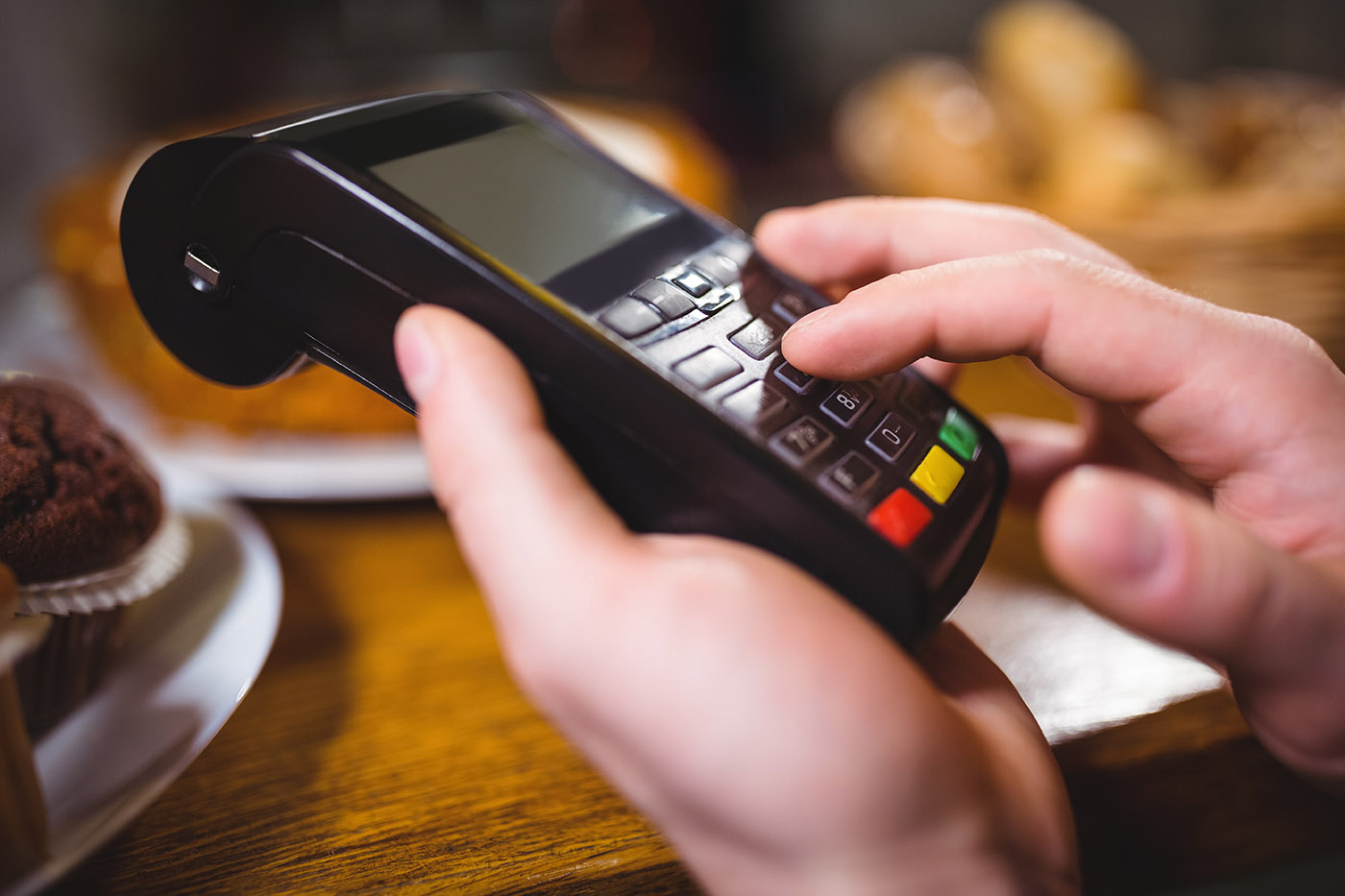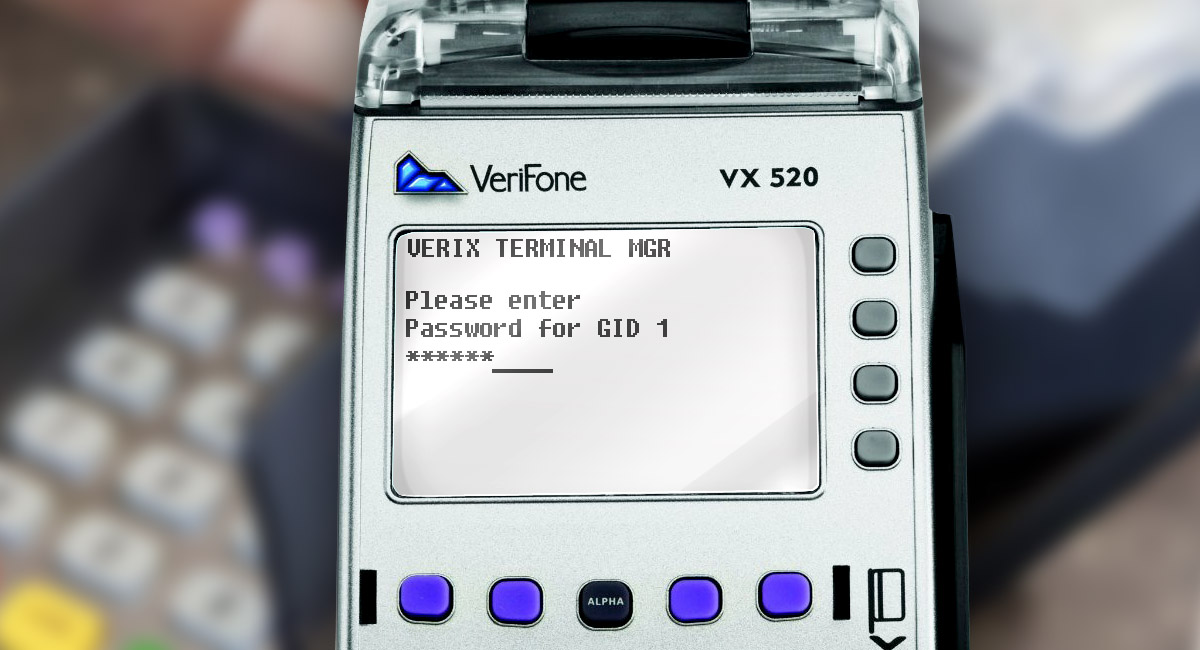Introduction
In this series of articles, we will try to tell as simply and clearly as possible what are the types of POS-terminals for trading and banking.
We will by no means consider the models of the terminals (e.g. Ingenico/Verifone/Castles, etc.) or their classification by types of communication (e.g. Ethernet/GPRS/Wi-Fi, etc.). Nowadays such materials on the Internet are numerous. It is the “inner component” of the payment equipment that we will touch upon, i.e. how the POS-terminals are perceived by the payment systems and the EMVCo.
Terms and Definitions
Authorization is the process of data exchange between the parties of a transaction through a bank card or other means of payment (e.g. mobile wallet, etc.). A standard exchange chain is as follows: An acquirer (see below) sends an authorization request to the PS and the PS sends it to the issuer. The issuer performs all the necessary checks such as security checks, checks of funds availability on the card account and other checks based on which a response (affirmative or denial) to the authorization request will be sent. The response to the authorization request will be sent on the return route. I.e., to the PS first and then to the acquirer.
POS-terminal (POS - Point Of Service) is a device providing the capability to service the cards and other means of payment.
The issuer is a financial institution (bank or another financial organization) that has issued a card.
The acquirer is a financial institution (bank or another financial organization) that ensures the cards servicing by the merchant. The merchant is a retail and service outlet (hereinafter the RSO) with the capability to take bank cards.
The merchant is a retail and service outlet (hereinafter the RSO) with the capability to take bank cards.
The cardholder is a holder of a card with the right to perform a set of the transaction permitted by the issuer.

EMVCo in a Nutshell
EMVCo is an international organization established by a number of payment systems in order to standardize the transactions using the chip bank cards and other means of payment/ payment devices. Nowadays virtually all of the international payment systems (Mastercard, Visa, Union Pay International, etc.) are members of EMVCo.
The standards of the EMV, in turn, are based on the standards of the ISO (International Standardization Organization):
ISO 7816: standard for contact chips.
ISO 7816: standard for contact chips.
Some of the EMV specifications are available at free access on the web site of EMVCo (see address above).
Terminals and Types thereof
From the perspective of PS and EMVCo, a terminal is a technological sum of the following three basic components: Terminal Type, Terminal Capabilities and Additional Terminal Capabilities. In this article, we will consider the first component of the data, i.e. the Terminal Type.
Terminal Type. This component is placed in EMV Tag 9F35 within a device configuration. At the time of the transaction, the card analyzes this component based on which the further script of the transaction will be defined.
The Terminal Type component describes such properties as:
- the terminal’s affiliation to one or another financial institution (banking, trading);
- communication capabilities (online, suitable for online, offline);
- controllability (so-called «Attendance»). I.e. the device is either attended by the bank’s employees or the RSO’s employees or it is an unattended device, i.e. a self-service machine.

There are the following types of terminals:
Type 11 is a bank terminal attended by the bank, e.g. cash dispensing/reception outlet in a bank’s office. Online only. I.e. the authorization requires the online exchange of data with the bank.
Type 12 is a bank terminal attended by the bank, offline, suitable for online exchange. I.e., in some cases a terminal can authorize a transaction without exchanging with the bank (in reality, due to high risks the banks situated in the Russian Federation choose not to perform offline transactions).
Type 13 is a bank terminal attended by the bank, offline only. In reality, there are no such terminals within the Russian Federation.
Type 14 is a bank terminal unattended by the bank, online only. I.e. the authorization requires the online exchange of data with the bank.
Type 14 is none other than the automated teller machine (ATM) well known to all.
Type 21 is a trading terminal attended by the RSO, online only. I.e. the authorization requires the online exchange of data with the issuer.
Type 22 is a trading terminal attended by the RSO, offline, suitable for online exchange. I.e., in some cases a terminal can authorize a transaction without exchanging with the issuer (in reality, due to high risks the acquirers situated in the Russian Federation choose not to perform offline transactions).
Types 21 and 22 are the terminals in the RSOs well known to all.
Type 23 is a trading terminal attended by the RSO, offline only. In reality, there are no such terminals in their pure form within the Russian Federation.
Type 24 is a trading terminal unattended by the RSO, online only. I.e. the authorization requires the online exchange of data with the issuer.
Type 25 is a trading terminal unattended by the RSO, offline, suitable for online exchange
Type 26 is a trading terminal unattended by the RSO, offline only.
Type 24, 25 and 26 is a large cluster of payment devices including automated gas stations, toll roads and parking, ticket-vending and other-vending machines, turnstiles, etc. Consideration of each of them is beyond this article.

Putting it as bluntly as possible, we can see from the list above that the first figure in the type of the terminal indicates its affiliation. 1 means a bank terminal and 2 means a trading terminal. The second figure is the attendance type and communication capabilities.
However, the technological component of today’s financial market is fast-moving enough, which is why we should also mention the new types of terminals, such as:
Type 34 is a trading terminal attended by the cardholder, online only.
Type 35 is a trading terminal attended by the cardholder, offline, suitable for online exchange.
Type 36 is a trading terminal attended by the cardholder, offline only.
Such type of terminals is not yet widely spread nowadays. These are, first of all, so-called «SoftPOS-terminals», established when a bank’s payments application is installed in a physical device (smartphone, tablet, etc.) belonging either to an RSO or a cardholder. In the latter case, i.e. if a device belongs to a cardholder, the terminal type will be = 3X.
In this article, we have considered the Terminal Type components and described the main types of terminals. We recommend to those who seek a more detailed study of this matter to see «EMV Book 4 Cardholder, Attendant, and Acquirer Interface Requirements».
In the next material, we will consider Terminal Capabilities and Additional Terminal Capabilities components and briefly touch upon some matters related to EMV certifications.





